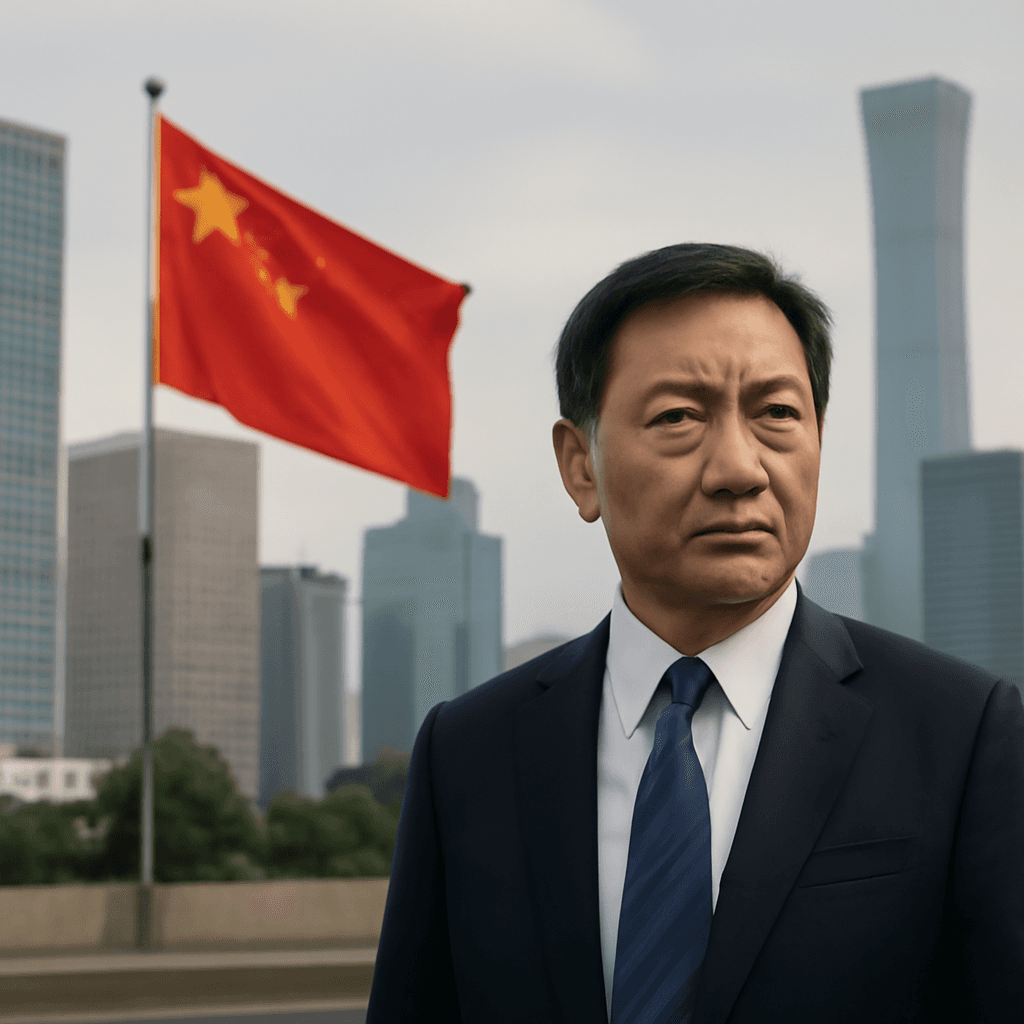China Maintains Key Lending Rates Despite Signs of Economic Slowdown
On Monday, China's central bank chose to keep its benchmark lending rates unchanged, signaling a cautious approach as the world's second-largest economy navigates a patch of softening consumer confidence and decelerating growth. The People's Bank of China (PBOC) opted not to cut the 1-year and 5-year Loan Prime Rates (LPR), crucial benchmarks that influence corporate borrowing and residential mortgages respectively.
Understanding the Lending Rates and Economic Context
The 1-year LPR primarily dictates interest rates on corporate and most household loans, while the 5-year LPR serves as a reference for mortgage rates, affecting one of China’s most sensitive economic sectors. These rates are formulated from a daily survey of selected commercial banks that propose lending rates to the PBOC.
China’s recent economic data presents a mixed picture:
- Gross Domestic Product (GDP) expanded by 5.2% year-over-year in Q2 2025, slightly down from 5.4% in the first quarter but still surpassing the 5.1% economists anticipated.
- Retail sales growth notably slowed to 4.8% in June, falling short of the 5.4% forecast and indicating diminished consumer purchasing power amidst growing uncertainty.
Following the decision to hold rates steady, the offshore Chinese yuan traded almost flat against the US dollar at 7.179, reflecting investor hesitation amid economic headwinds.
Facing the 'Demand Cliff': Expert Insights from Nomura
In a recent analysis from July 9, Nomura’s economists warned that while current macroeconomic indicators appear stable, underlying fundamentals may deteriorate sharply in the latter half of the year. They coined the term "demand cliff" to describe the looming risk of a sudden drop in demand driven by multiple pressures:
- Export Headwinds: Persistent US tariffs are weighing on China’s export market, constricting external demand.
- Weak Property Sector: Sales slumps in real estate, a cornerstone of China’s economy, threaten broader financial stability.
- Fiscal Strains: Many cities could face heightened fiscal pressures, limiting local government capacity for economic stimulus.
Nomura projects that GDP growth may retreat further to about 4.0% year-over-year in H2 2025, down from approximately 5.1% in the first half. They anticipate Beijing will have to swiftly implement fresh supportive policies to stabilize growth and restore confidence.
Why Holding Rates Matters for Global and U.S. Economic Observers
China’s decision to pause on rate cuts reverberates beyond its borders. As the world’s factory and a significant consumer market, China’s economic health influences global supply chains, commodity prices, and international financial markets.
From a U.S. policy perspective, slower Chinese growth could ease inflationary pressures stemming from supply bottlenecks but also risk trade imbalances and geopolitical tensions. Monitoring China’s property market dynamics and government interventions will be essential for investors and policymakers alike.
Looking Ahead: Key Questions
- Will Beijing unveil new fiscal or monetary easing tools to counteract the emerging demand cliff?
- How will consumer sentiment evolve if retail spending continues to underperform?
- What are the risks to global markets if China’s growth falls below forecast?
Editor’s Note
China’s steady lending rates amid uneven growth underline the complexity of balancing economic stabilization without adding excessive risk to an already fragile recovery. While headline GDP growth remains relatively strong, undercurrents of weakening retail consumption and export challenges pose serious questions about the sustainability of this rebound.
For readers tracking global economic trends, China’s policy choices in the coming months will be a bellwether for broader shifts in international trade, market confidence, and geopolitical dynamics. Observers should watch closely for new stimulus announcements and their implications both at home and abroad.












